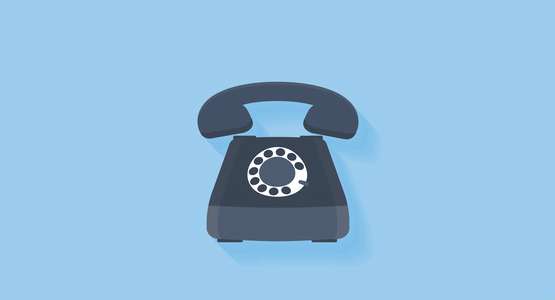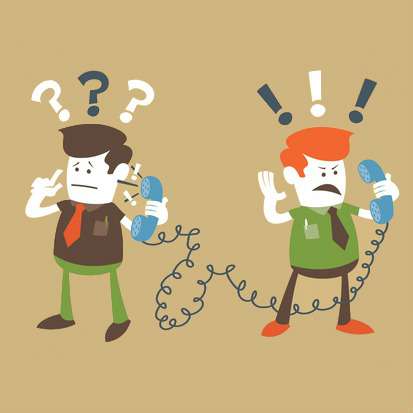Unfortunately, mistakes do happen from time to time – it's human nature. The good news is that your customers don't expect you to be perfect and are generally more than willing to forgive occasional mistakes. However, the way you deal with making a mistake and the way you explain it to your customers will determine how they react.

Needless to say, the most important thing to do in situations like this is to apologise. But how should you go about it without offending or even losing your clients? To help you get started, here are my top 6 tips on how to apologise to customers.
1) Listen carefully
When a customer calls with a complaint, always try to keep silent and listen to the entire complaint instead of cutting them off or offering platitudes.
Listen carefully and try to understand what the problem is.
Sometimes, your customers will be frustrated and need to let off some steam before engaging in a rational discussion. In situations like this, it's vital for you to understand the problem first.
2) Apologise
Once you know what the actual problem is, the first thing you need to do is to apologise. Even if it's the customer who is at fault, apologise for the inconvenience and let them know that you understand their frustration. Make sure to embrace responsibility here.
Another thing you should pay attention to is how you respond to the customer's complaint. As a general rule, try to avoid sentences like:
- I'm sorry that you feel that way.
- I'm sorry that you are frustrated.
Why? Because in these cases, you sound like you're distancing yourself from the issue rather than taking responsibility. Instead, try saying things like:
- We apologise for the trouble this issue has caused.
- I'm sorry for the trouble and understand your frustration.
3) Avoid accusations
Whether it's the customer who is at fault or someone else, always steer clear of the blame game. Never bring up the possibility that your customer might be at fault – always try to focus on the solution instead.
After you've apologised, double-check whether you've understood the problem well by repeating the key points of your customer's complaint.
4) Use the right tone
Since your voice is the only thing the customer can hear when they are talking to you on the phone, always make sure to use
the right tone and language.

Even if you say all the right things, a half-hearted apology will only serve to irritate your customer. Your tone should reflect a genuine apology, and show that you are genuinely concerned about your client and their problems.
5) Address the problem quickly
Another crucial point when it comes to apologising to customers is that your response to the problem should always be quick and efficient. If possible, try to deal with the problem during the course of the call and help your customer as much as you can.
Depending on the complexity of the issue, if immediate assistance is not possible, try to give your customer an estimated completion date so that they know their problem will be addressed.
6) Follow up
It's always good practice to call your customer back after a couple of days and ask them if they've faced any more problems with your product or if they find the performance satisfactory. This would show them that you care about their opinion and want to make sure that your product serves them well.
If you need some more tips on how to improve your customer service skills, I have written a few other articles on this subject (which you can read
here).

If you'd like to learn more about customer service, why not take a look at how we can help?
Boost your customer service skills with our online courses.
RRP from $65 – limited time offer just
$23.99



























